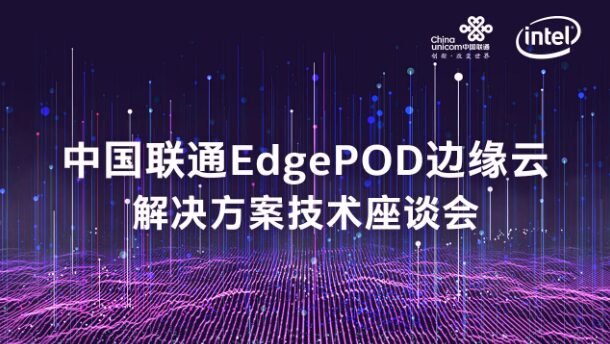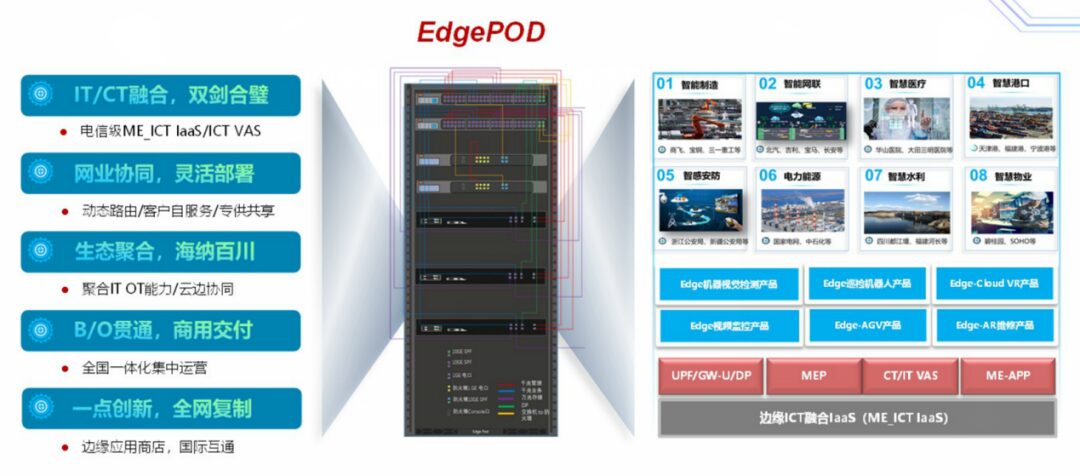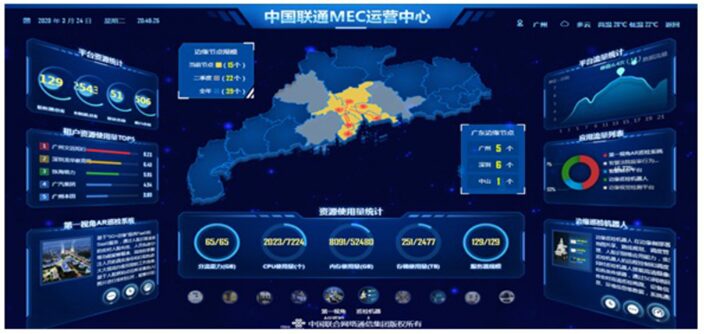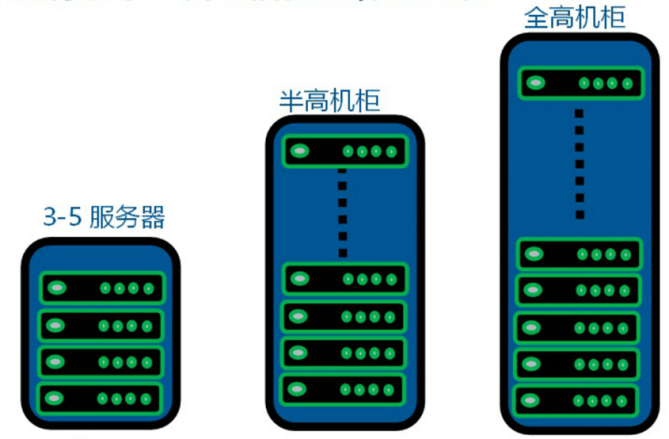Skip to content
Once edge computing was introduced, it immediately attracted widespread attention from the ICT industry.
According to a report by the international research firm Gartner, by 2022, over half of enterprise data will be generated and processed on edge computing platforms. This means that edge computing is likely to become a new business model and ecosystem that can stand alongside cloud computing, holding enormous market potential and business opportunities.
However, along with the promising vision of edge computing, there is uncertainty and confusion about this innovative model. People are very curious about how telecom operators should deploy 5G edge computing? How should they operate it? How can 5G and edge computing combine to drive industry applications? What should telecom operators do to promote the ecological development of edge computing in the 5G era?
On March 31, China Unicom, in collaboration with Intel, held a technical seminar on the EdgePOD edge cloud solution, which presented many valuable insights and shared a lot of practical experiences regarding these questions. Let’s review them together.
If you are concerned about the edge computing ecosystem, you must know that China Unicom has long been one of the most active supporters of edge computing in China and a firm supporter of industry development.China Unicom’s support for edge computing is not just a slogan; it is actively promoted through concrete actions.As early as 2018, China Unicom launched large-scale pilot projects for edge cloud across multiple provinces and cities nationwide, making it a pioneer in the industry.
At this seminar, China Unicom introduced its latest achievement in 5G MEC edge cloud — the EdgePOD solution, which is currently the culmination of domestic edge cloud ecology and the forefront of 5G edge cloud practice.
Chen Dan, the director of the edge computing department at China Unicom Group, shared detailed experiences and insights regarding edge computing architecture construction, operation management, and ecological development from five dimensions: “cloud, network, edge, terminal, and industry”. They summarized it into four key capabilities.
First, the first capability is “IC/CT Integration, Dual Sword Combination“.
The deep integration of IT computing technology and CT connectivity technology is the foundation of the edge computing business model. The edge is the upward shift of terminal computing capabilities and the downward shift of cloud computing capabilities. The edge computing basin formed by IT and CT technologies can re-incubate and deliver value. The upper software components of China Unicom’s EdgePOD include edge network elements such as UPF, as well as IT-related VAS value-added services and edge APP applications.
Due to the diversity of upper components, EdgePOD employs a decoupled deployment of hardware and software on the underlying infrastructure, including a highly reliable integrated platform base, which China Unicom refers to as ME_ICT IaaS. It can simultaneously provide virtual machine and container capabilities to meet the different needs of CT and IT.
In addition, EdgePOD is also connected to existing network systems, optimizing remote operation and unattended capabilities, allowing the Unicom edge operation team to perform unified operation and support nationwide.
The second capability is “Network-Industry Coordination, Flexible Deployment“.
Network-industry coordination is one of the core capabilities of China Unicom’s EdgePOD, enabling the network to sense the business and the business to sense the network.
EdgePOD’s deployment is divided into two modes based on typical business scenarios: shared mode and dedicated mode.
The shared mode is mainly deployed in municipal core machine rooms or large aggregation machine rooms, targeting 2B or 2B2C businesses that require a downward shift and are not very sensitive to latency, sharing edge services in a multi-tenant manner.
On the other hand, the dedicated mode targets large enterprises or industrial parks with more stringent requirements and ample budgets, providing dedicated services (including software and hardware), and even offering self-management services (self-deployment, self-traffic management, self-operation, etc.). In this mode, resource utilization is higher and more secure.
The third capability is “Ecological Aggregation, Inclusive of All“.
Behind China Unicom’s EdgePOD is a large ecological application and multi-level management system. It monitors and manages the entire lifecycle of edge computing APPs. EdgePOD provides application service support to users in different fields. As industry applications continue to enrich, the application repository will also become increasingly abundant, and the maturity of the application industry will continuously increase, forming a sustainable ecological prosperity.
To further promote ecological prosperity, China Unicom has established a developer center, providing platforms and development tool support for developers to encourage innovation.
China Unicom has also collaborated with overseas operators such as GSMA, Telefonica, and SKT to build the GMEC platform, unifying edge application standards and formulating global standards. On this basis, global operators can also achieve rapid replication of edge applications through a unified interface, accelerating application implementation and ecological construction.
The fourth capability is “B/O Integration, Commercial Delivery“.
B refers to BSS (Business Support System), and O refers to OSS (Operation Support System). B/O integration means the connection from business to operation.
As a new computing platform, edge computing poses challenges to operational models. If traditional operational models are adopted, they cannot meet efficiency requirements and cannot achieve rapid response to demands and quick problem resolution.
China Unicom has deeply integrated EdgePOD with its existing operational system, establishing a “MEC edge cloud operation and maintenance integrated support system”. Overall, it includes three levels: MEC business deployment platform, MEC business management platform, and MEC business operation platform.
Through the MEC business operation platform, the front end can connect to the BSS domain to achieve unified product deployment, unified business acceptance, and unified billing settlement, etc.The back end can connect to the OSS domain to achieve fine correlation with large network resources, business monitoring, fault handling, complaint response, and other collaborative operations.
Currently, China Unicom has already commercially launched in multiple provinces such as Guangdong, Shanghai, Beijing, Jilin, Zhejiang, and Fujian, providing integrated delivery and operation services, and has accumulated considerable experience.
In the process of building the above capabilities, whether in hardware platforms or software tools, Intel has provided strong support.
For example, in terms of hardware, Intel’s next-generation telecom room reference design provides a scalable open rack platform that can meet the needs of different scenarios.
Additionally, Intel’s edge software suite OpenNESS, based on a microservices architecture, complies with ETSI standards, which can reduce deployment complexity and improve deployment efficiency.
With the accelerated deployment of 5G, the pace of edge computing ecological construction in China will also accelerate.China Unicom’s exploration in edge computing is undoubtedly exciting and has gained many valuable experiences.
All industries will embrace 5G while also embracing edge computing.Applications of edge cloud will become more and more numerous, and the edge cloud ecosystem will certainly become more prosperous.With the joining of more ecological partners, the entire edge computing field will usher in a brand new development stage!













